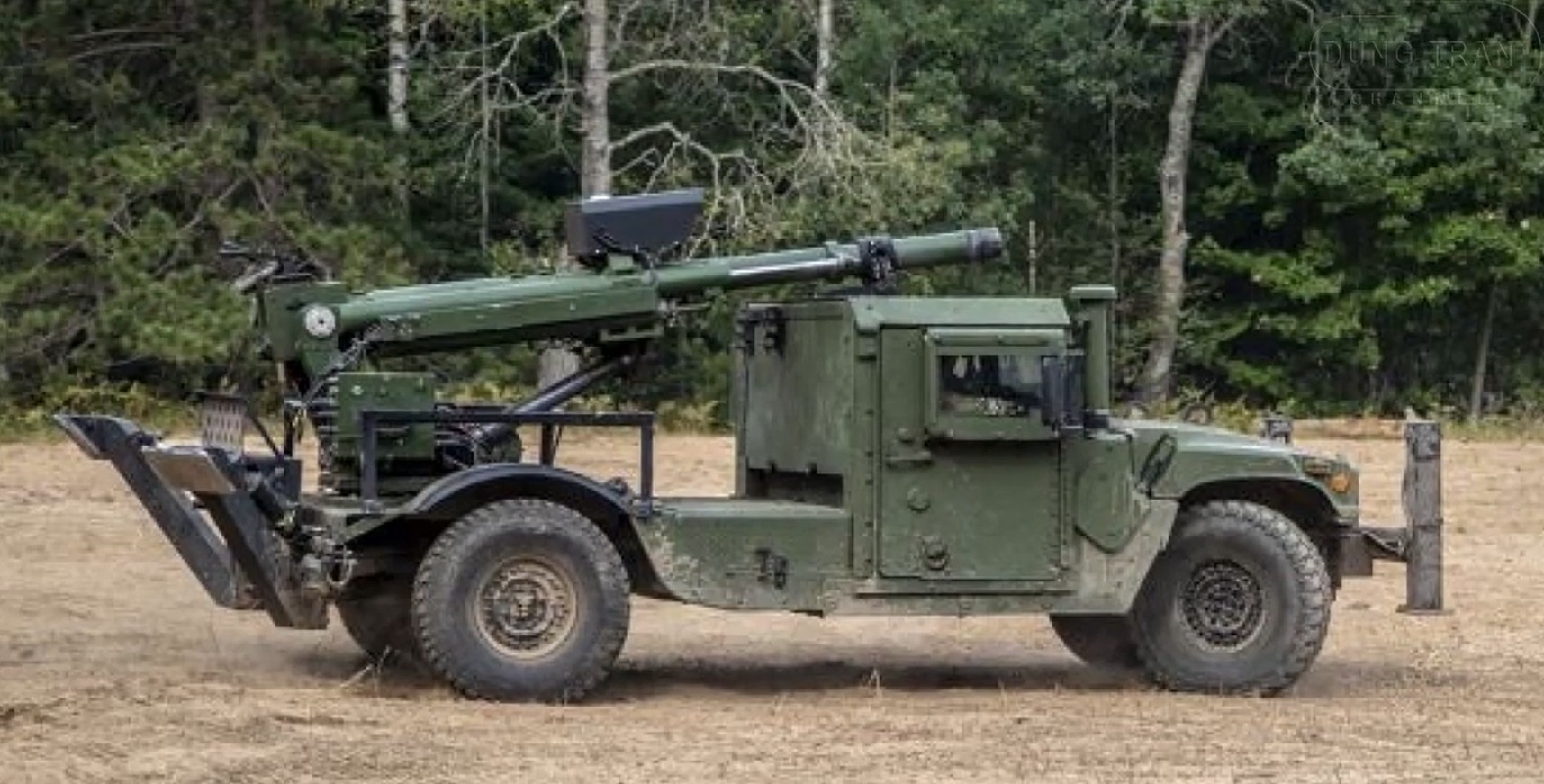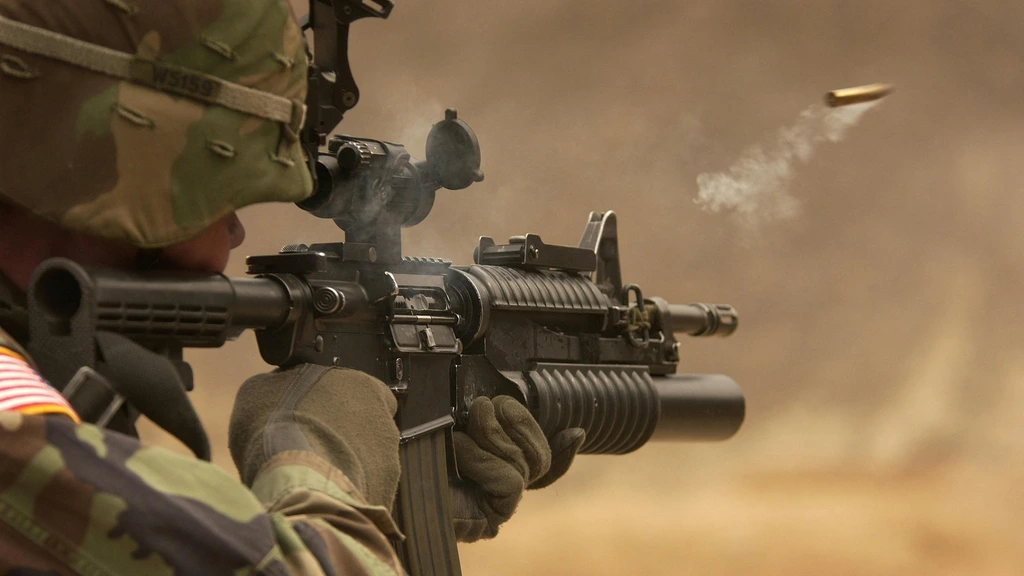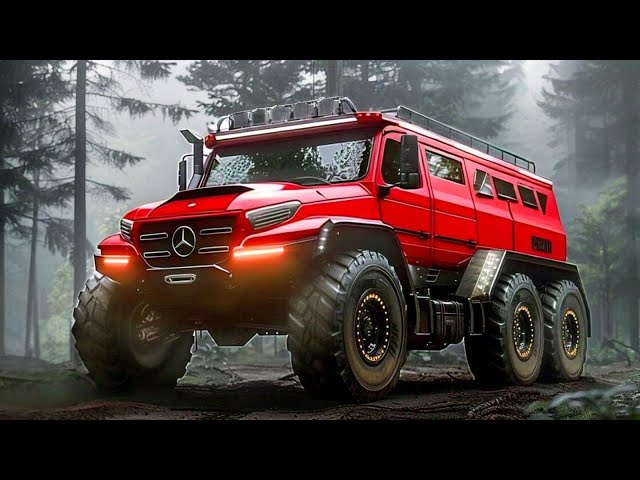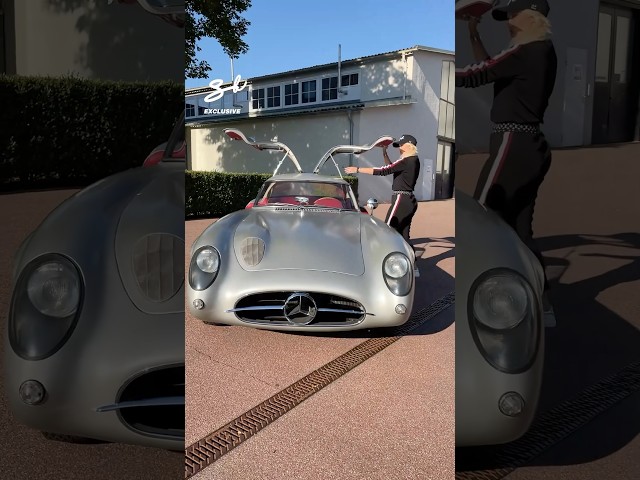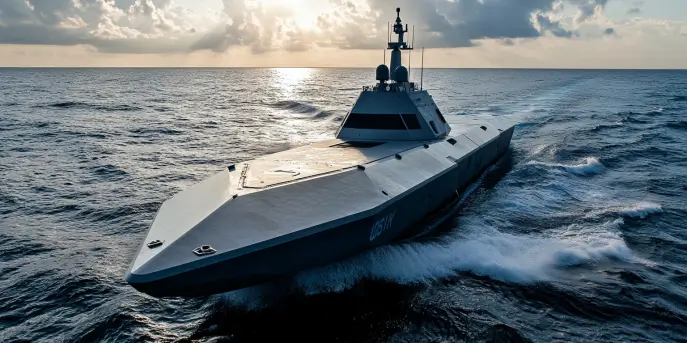The Evolution of Military Helmets: A Brief Overview
The military helmet has evolved significantly over the decades, reflecting advancements in both material science and combat strategy. Traditionally made from leather and brass, modern helmets are crafted from cutting-edge materials designed to offer enhanced protection without compromising comfort or mobility.
Materials in Focus: Titanium and Kevlar
Titanium has gained a reputation for being exceptionally strong and lightweight. Known for its high tensile strength, titanium is also resistant to corrosion and can withstand extreme temperatures. These properties make it an appealing choice for military applications where durability and mobility are crucial.
Kevlar, on the other hand, is a synthetic fiber that boasts a remarkable ability to absorb impact. Its use in bulletproof vests is well documented, and its lightweight nature combined with its impressive strength makes it a popular material for helmets.
Comparing the Two: Strengths and Weaknesses
When comparing titanium and Kevlar, each material offers unique benefits and potential drawbacks. While titanium’s strength is formidable, it is also more expensive to produce than Kevlar and can be relatively less effective against certain types of ballistic impacts. Kevlar, while lighter, may not offer the same level of protection against blunt trauma impacts as titanium.
Specification Table: Titanium vs. Kevlar Helmets
| Specification | Titanium Helmet | Kevlar Helmet |
|---|---|---|
| Weight | Lightweight, but heavier than Kevlar | Extremely lightweight |
| Impact Resistance | High resistance to blunt force | High ballistic impact absorption |
| Cost | Higher production costs | More cost-effective |
| Longevity | Long-lasting with proper care | Durable but may wear over time |
Beyond Titanium and Kevlar: Exploring New Materials
The quest for the ultimate military helmet hasn’t stopped with titanium and Kevlar. Recent developments have introduced other materials into the conversation, such as Dyneema and UHMWPE (Ultra-High-Molecular-Weight Polyethylene). Dyneema is gaining traction due to its high strength-to-weight ratio and flexibility, making helmets even lighter and more comfortable without compromising safety.
Innovative Designs in Modern Helmets
In addition to new materials, modern helmet designs incorporate advanced technologies such as impact sensors and communication systems. Some helmets are equipped with padding that adapts to fit the wearer’s head snugly, offering enhanced comfort and reducing the risk of injury from secondary impacts.
Helmet designs are also increasingly tailored to specific environments. For example, paratrooper helmets might focus on aerodynamics and stability during jumps, while urban combat environments prioritize compact designs to enable quick maneuvers through tight spaces.
The Role of Standards and Testing
With the introduction of new helmet materials and designs, rigorous testing standards have become more important than ever. Each new helmet must undergo extensive evaluation to ensure it meets the safety requirements laid down by military specifications. These tests often simulate real-world combat conditions, examining how helmets withstand shrapnel, ballistic impacts, and extreme environmental conditions.
Future Trends in Military Helmet Development
Looking ahead, the future of military helmet technology seems poised for remarkable advancements. Nanotechnology could play a significant role, offering the potential to create materials that simultaneously optimize weight, strength, and flexibility.
Another prospect on the horizon is the integration of augmented reality (AR) features into helmet visors, which could provide soldiers with real-time data and situational awareness enhancements. This integration could revolutionize how soldiers perceive and interact with the battlefield environment.
Ultimately, choosing between titanium, Kevlar, and emerging materials for military helmets involves balancing protection, weight, cost, and comfort. As technology advances, so too will the effectiveness and importance of these critical pieces of military equipment. The continuous evolution of helmet materials ensures that soldiers are equipped with the safest and most reliable protective gear available, tailored to meet the dynamic challenges of modern warfare environments.



